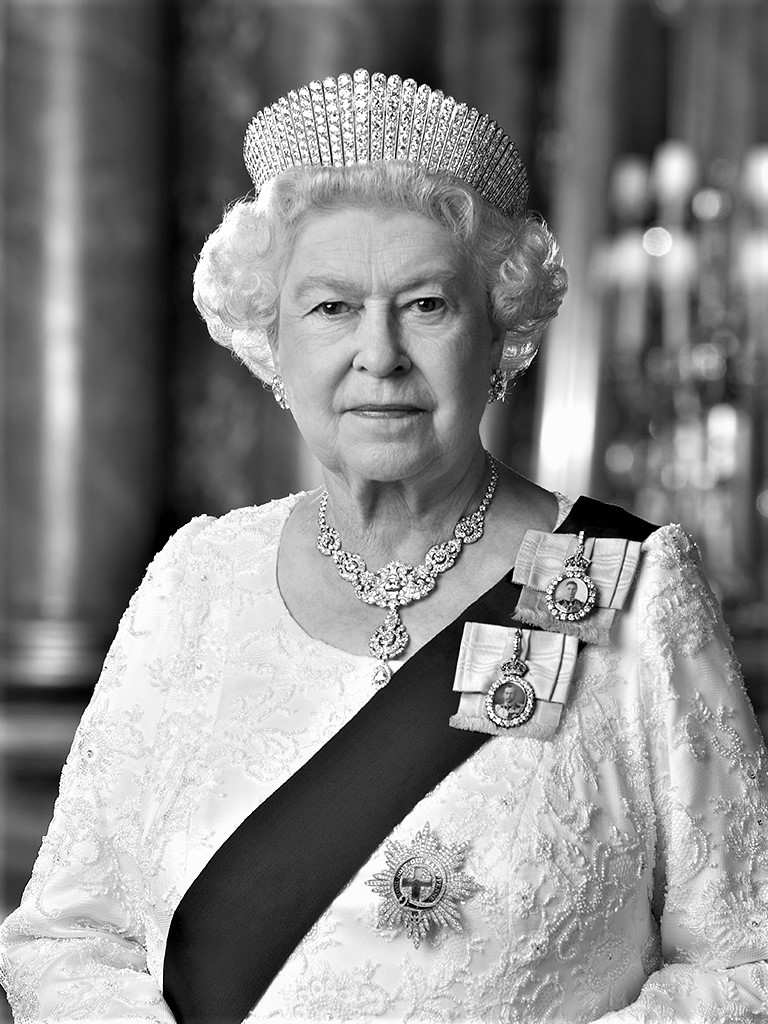Colour photographs are taken to record and document the appearance of a patient's retina (camera film of the eye). This allows the doctor or optometrist to identify retinal changes on follow up.
About The Imaging Procedures We Carry Out
Colour Fundus Photography
OCT (Optical Coherence Tomography)
This non-invasive test is frequently used to scan the retinal layers. It is similar to ultrasound but a wavelength of light, rather than sound, is used. This imaging tool is used to aid diagnosis and to monitor treatment. OCT will show 2D and 3D images of the eye.
Multimodal Imaging
This is a relatively new technique and is often combined with angiography (see below). Different wavelengths of light help us to see the different layers at the back of the eye in more detail.
Angiography
Fluorescein Angiography (FFA) and Indocyanine Green Angiography (ICG) are two diagnostic tests which use yellow and green contrast dyes respectively. This test is used to assess the circulation within the blood vessels of the eye and to help the clinician to decide which treatment, if any, is most suitable.
External Photography
There are two types of external photography. A hand held digital SLR camera is used to capture an image of the face or eyelids. The photographer or doctor will ask you to sign a consent form prior to having this done.
Slit lamp photography is performed using a special microscopic camera system. Using a variety of lighting techniques and magnification factors we can highlight damage to the cornea, lens and iris.
Slit Lamp Photography
Video
We use an HD digital video recorder to capture eye movements in nine positions of gaze. This can help the clinician to identify problems with the muscles or nerves that move the eye.

